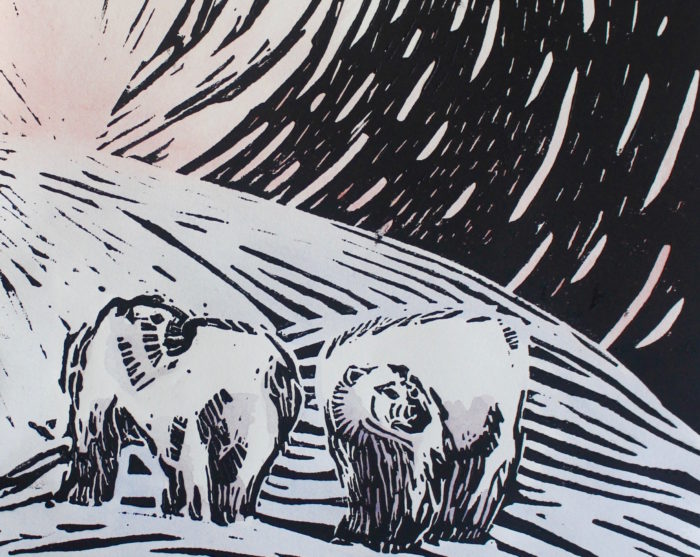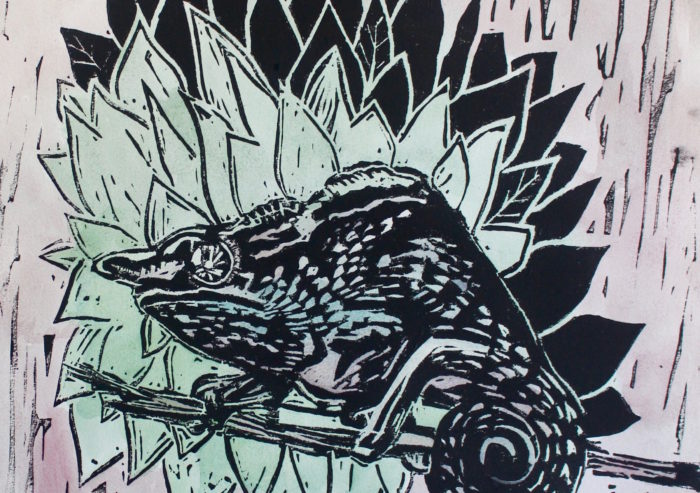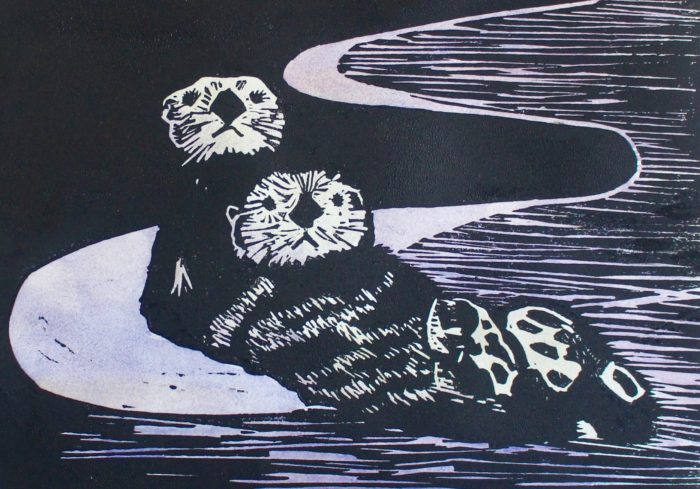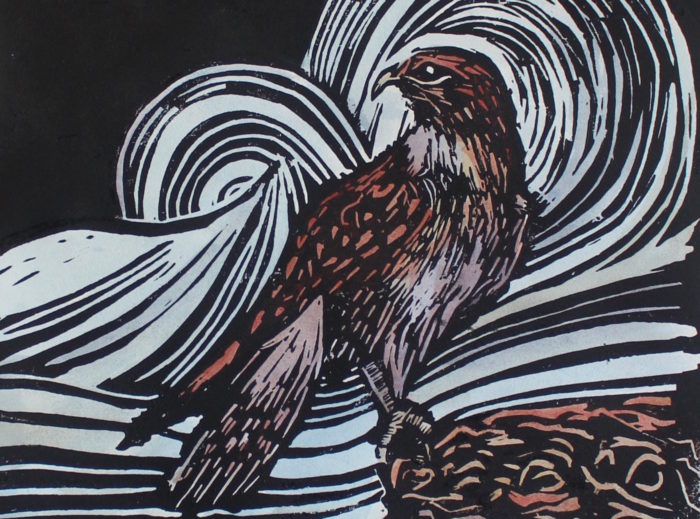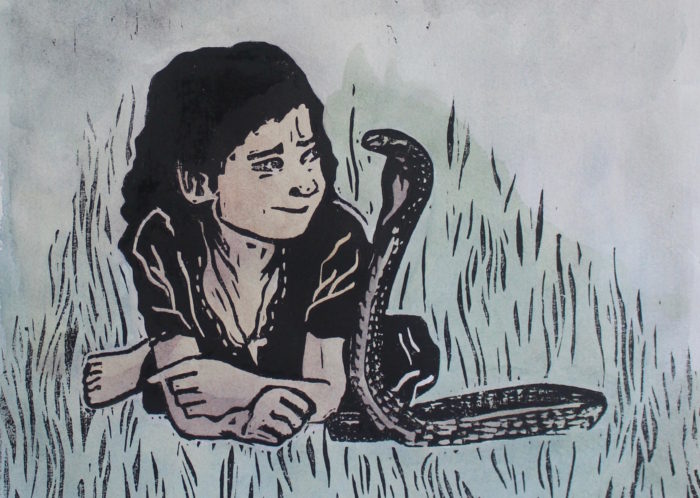posted by Marc
I wrote Epitaph to be accessible to all sorts of players — people who’ve played a hundred story games, people who chose Epitaph as their first game, people who feel comfortable in the spotlight, and people who prefer to listen. My goal was to create something anyone could play. That’s why I designed the game the way I did. I want to talk a bit about what you do on your turn, after the setup steps are complete and it’s time to dive into the life, death, and legacy of the main character (the Departed).
On your turn
The timeline-building stage of the game lasts as long as you want; each round, players decide together if they want to play another round or go to the epilogue. When it’s your turn, you have your choice of making a Snapshot, Scene, or Remembrance.
A Snapshot is a summary of an event in the Departed’s life and a description of a single moment from that event, as though we’re looking through a photo album and telling little stories about the pictures we see. They are the most straightforward method for adding new events to the fiction because you simply say what you want to have happen and boom, it happened!
A Scene is a role-played conversation between players that takes place during an event in the Departed’s life. Playing a Scene in Epitaph gives you a chance to hear the voices of the people you’ve been talking about and see how they interact with each other.
A Remembrance is an honest description of a shared experience given from the perspective of someone who knew the Departed. Remembrances are a truly special way to add detail to the Departed’s life, because they let you do something the other two moves don’t: be biased. You play as someone who knew the Departed and you talk about an experience you shared from that character’s perspective, which means you can throw as much shade or praise as you want.
Why it works
I believe Epitaph is a stronger game for having three possible moves on your turn instead of one.
First reason? You always have a choice, and all three choices are meaningful. Unlike games where you complete setup steps and then do the same thing on your turn every time, Epitaph always presents you with three options. None is better or worse than another, and none becomes off-limits after use or stops being effective at some point during play. You can always do any of them, and you’ll always be adding to the fiction in a substantive way.
Second reason? Sometimes you’re just not in the mood to deliver an emotional monologue as the Departed’s ex-girlfriend, or play the scene where she came out to her parents. And that’s fine. Epitaph’s three-move structure accommodates varying levels of comfort and energy. Wherever you are at the moment your turn arrives, there’s a move to suit you. Just want to add something to the timeline, no questions asked? Snapshot. Want to set up a juicy scenario and then not be the Departed (that’s right–you don’t have the play the Departed in Scenes you create) and watch the sparks fly? Scene. Got some strongly-worded opinions of the Departed to share? Remembrance. Snapshots, Scenes, and Remembrances ask you to approach the fiction in different ways, leaving it to you to decide which feels best in the moment.
Third reason? Each option creates a different sort of fictional result, which makes your story round and robust. Snapshots allow you to build events from whole cloth, which is useful for “fleshing out” the timeline or when you want to make sure a certain thing happens a certain way. Scenes are exploratory; you won’t know what’s going to happen before they start, so you have a chance to be surprised. They’re also more personal because you hear the voices of the characters. Remembrances are a chance to expand your understanding of the social world your Departed inhabited. You gain insight that you can’t obtain through Snapshots and Scenes.
Why I made it this way
I’ve played a lot of story games. I got into the hobby back in 2010 thanks to my wife Caroline (one of the very first things we did together after we met was go to Story Games Seattle, the local meetup) and haven’t stopped gaming since. My experience with many, many different game systems has helped me develop a sense of what works and what doesn’t, and so the design choices I made for Epitaph were intentional. They also took a lot of work and iteration–I’m not remotely capable of designing a great game on the first try!
So why did I make Epitaph like this? The main reason is because it’s fun. I tried a version of the game where all you did on your turn was make Scenes, and the only difference between each type of Scene was when it happened. It was okay, but not particularly exciting. When I came up with the other two moves (after many laps around my office building on breaks), I knew I’d landed on something special.
But there’s more to it than just entertainment value. I structured the game this way because of my backgrounds in teaching and story gaming.
As a teacher, I know the value of scaffolding–that is, putting supports in place to help students slowly and methodically reach new heights of understanding. I employ this same practice in story game design. If I ask you to come up with a piece of fiction–say, how the Departed died–it’s much easier to do if I give you a series of questions to guide you toward a good answer. That’s scaffolding.
I know I’m pretty outgoing and extroverted most of the time, and like I said, I’ve played a lot of tabletop RPGs. When I sit down at a table of strangers to play a story game–as I’ve done often as a facilitator at meetups and cons–I’m rarely anxious or uncomfortable thanks to my personality and level of experience. But I know others don’t feel the same way I do, and it was vital to me that I make the game accessible to all kinds of players. That’s why you get three choices of moves and each move lets you do different things: no matter what your level of comfort or experience is, you can contribute meaningfully to the story. You’ll never feel like the group is “carrying” you through the game. I want everyone who plays Epitaph to feel like they made the story just as much as anyone else at the table, and I hope the way I’ve set up the moves makes that happen.
So there you have it: Epitaph, as she is played! I hope you’ll give the game a try and let me know what you think!
Epitaph is on Kickstarter until October 6th!



